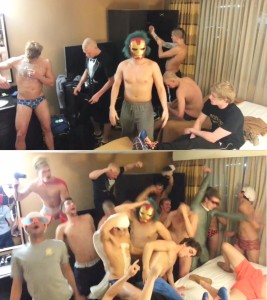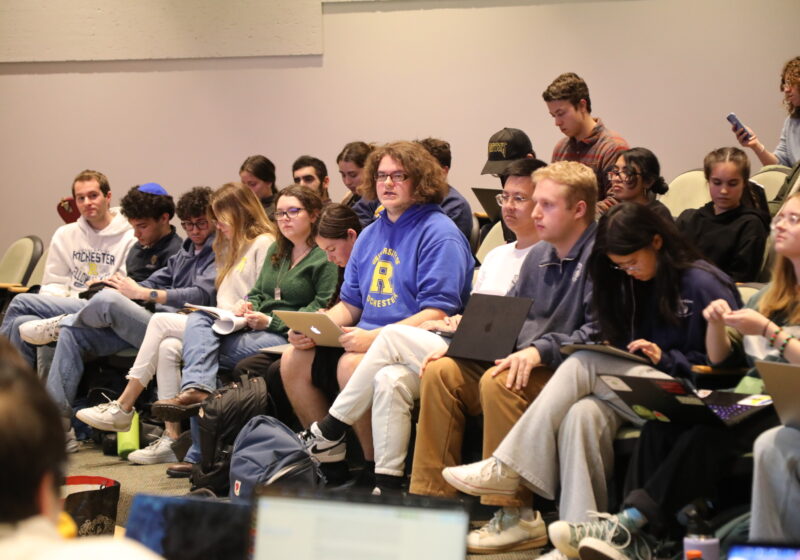As the Gangnam Style fad fades out of popular culture and into the realm of Wonderful Pistachios, a new media sensation goes viral. Until recently, the Harlem Shake was previously known to be a hip-hop dance style. Originating in 1981 from HarlemNew York by a street dancer named Al B., The dance was gradually brought into mainstream when rapper and Harlemite Sean “P. Diddy” Combs featured the Harlem Shake in several music videos created with fellow musician G. Dep.
Today, after three decades, the Harlem Shake is defined as chaotic dancing accompanied by bizarre props and eccentric costumes, all triggered by a bass drop characteristic of dubstep. Electronic music producer Harry Rodrigues, known also by his stage name, Baauer, created the Harlem Shake song and uploaded it onto YouTube in August 2012. Ths is now the song heard in all 40,000-or-so Harlem Shake videos online.
Although which video started the Harlem Shake phenomenon remains disputed, it is obvious that the trend is a popular one.
On Feb. 15, YouTube claimed to have more than 175 million views on all the Harlem Shake videos collectively. Harlem Shakers all over the world got creative with their dances as seen in the underwater version by University of Georgia’s men’s swimming and diving team as well as the organized chaos of one of the Norwegian Army’s battalions.
Recently, UR attempted to organize a Harlem Shake party modeled after the successful and popular Gangnam Style flash mob held in the fall. Senior Anthony Wan, creator of UR Gangnam Style on Facebook, made an event for the Shake, setting the date and place for Feb. 22 in Wilson Commons.
Unfortunately, the UR Harlem Shake disappointed when only about 15 people showed up. “UR Harlem Shake wasn’t necessarily a big success” said Wan. “My general comment is that [it’s] is not really as popular or even ‘in good taste’ as the Gangnam Style phenomenon a few months ago.”
Perhaps the lack of attendance spawned from a sputtering decline of the phenomenon’s popularity.
“It is very fun, but it’s just getting old now,” senior Kelly Mulrey said.
Compared to the intercultural dance phenomenon by Psy, the Harlem Shake can be seen as a dance fad soon to fade into media history along with the rest of the trends of our generation, including jerkin’ and the dougie. This ephemeral characteristic is typical of a crazy dance phase.
Despite this, these fads have a special place in the hearts of listeners. At any major sporting event, the song “Macarena” can incite a full stadium’s spectators to transform into happy dancers. The song was released in 1994 yet remains in the muscle memory of most Americans.
DJ Baauer responds to his song’s sudden popularity to “The Daily Beast” by modestly explaining that a “goofy, fun song” will make people want to dance. “That’s the best feeling in the world to me.”
Whether presented by an energized Maker Studios office, the musical duo Matt & Kim, or your local firefighters, the Harlem Shake is a silly yet irresistible way to get people moving and grabbing their cameras.
Sophomore Alex Lambropoulos explains the phenomenon of these videos quite simply.
“It’s awesome that something that is so stupid and ridiculous can look super awesome and funny,” he said.
Yoon is a member of the class of 2016.




